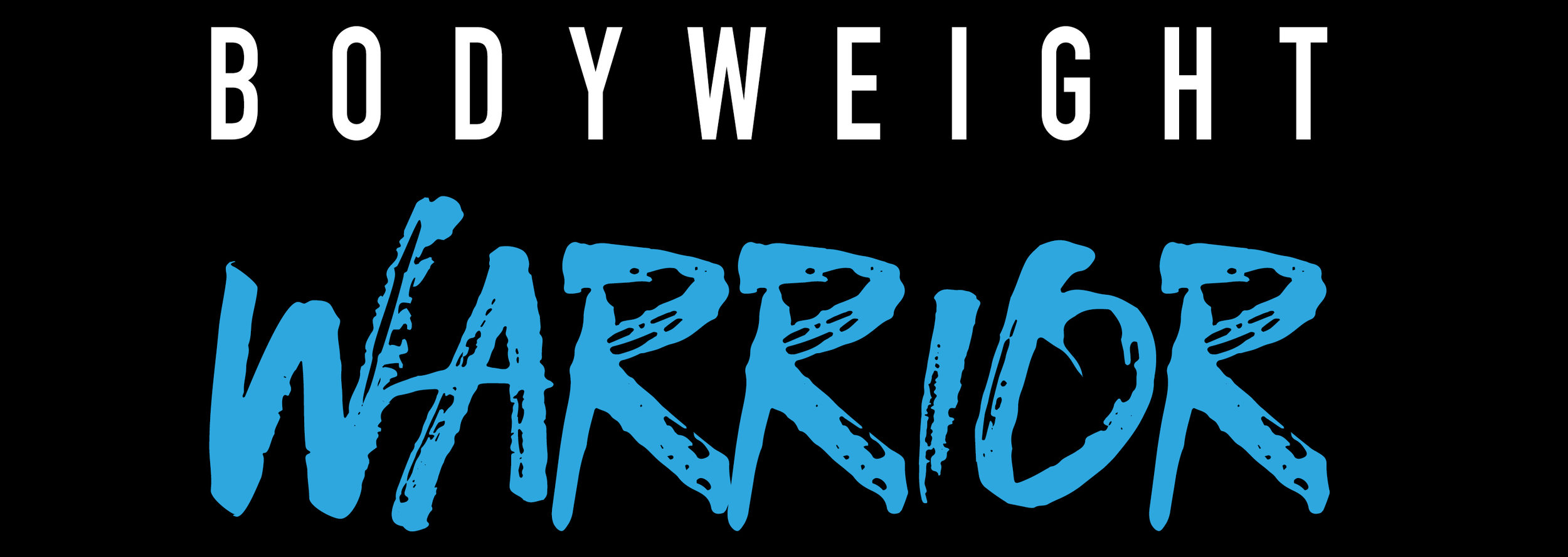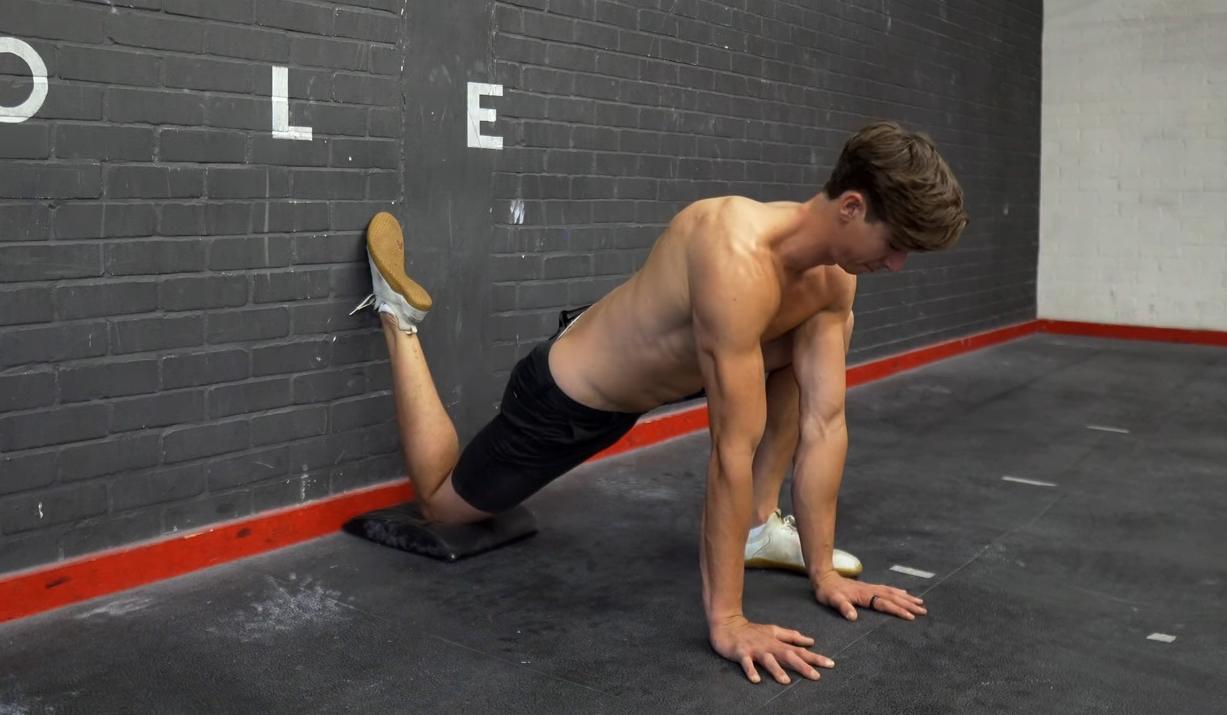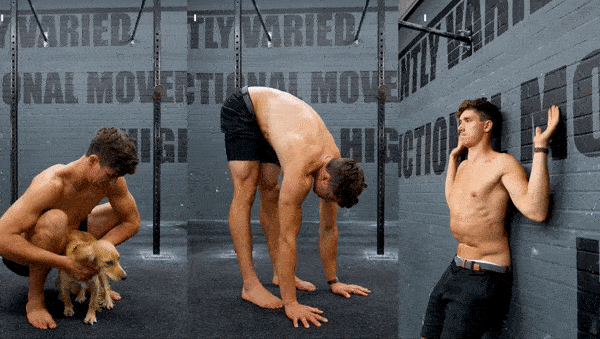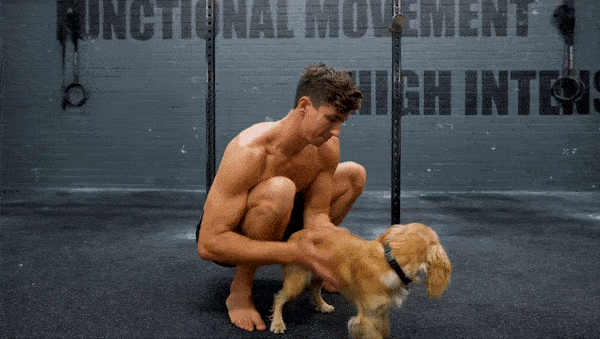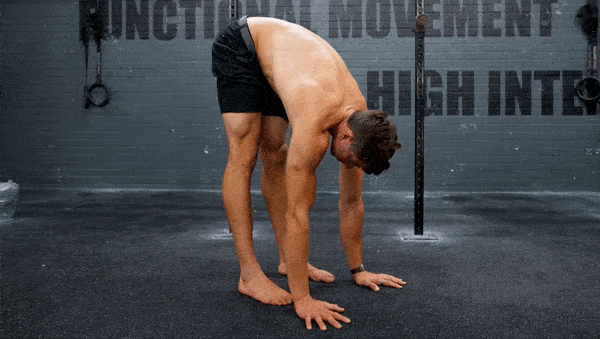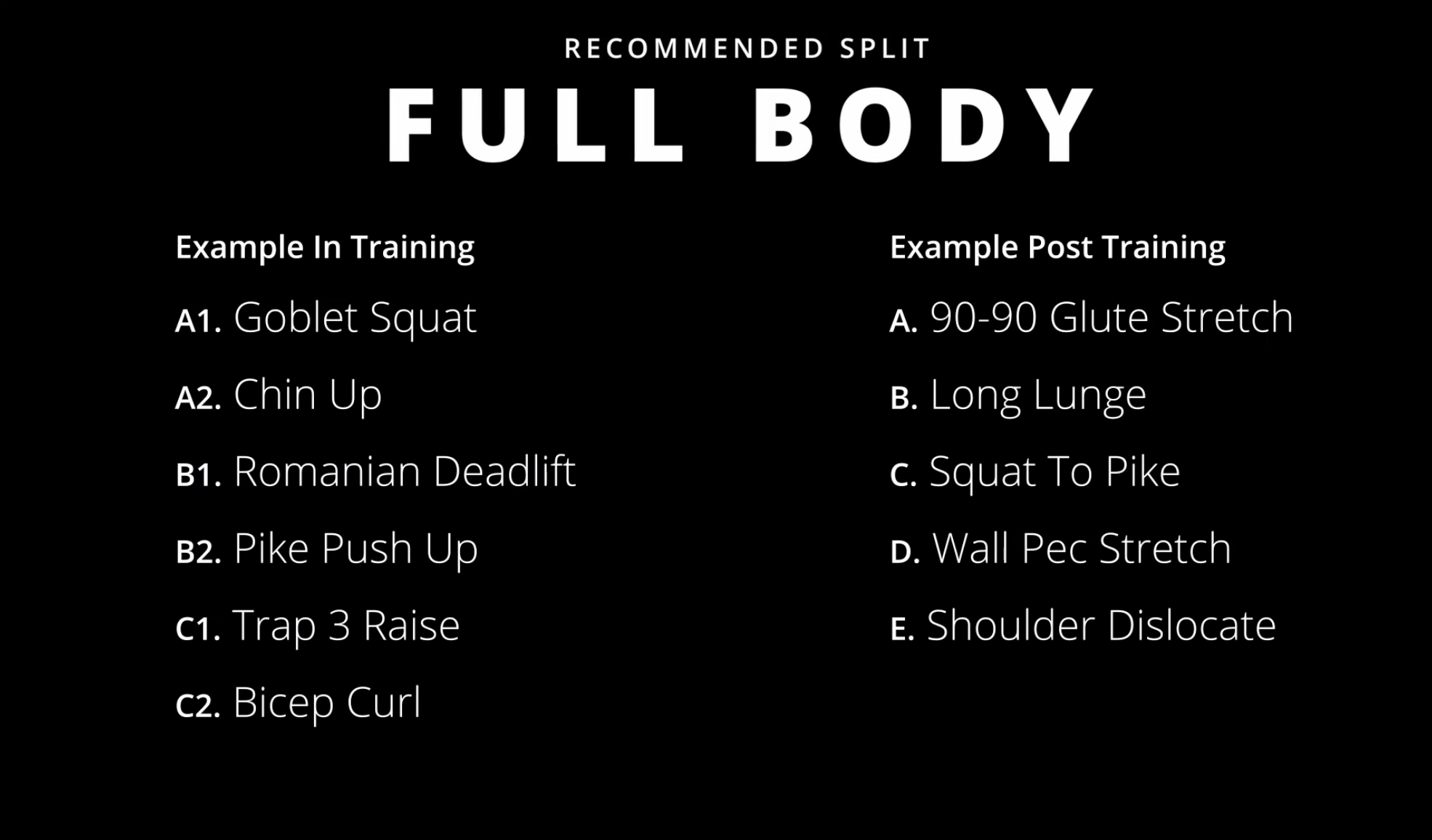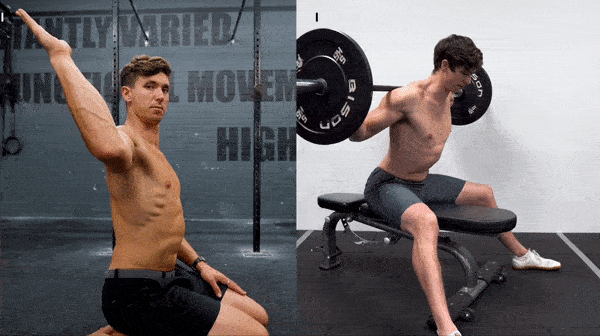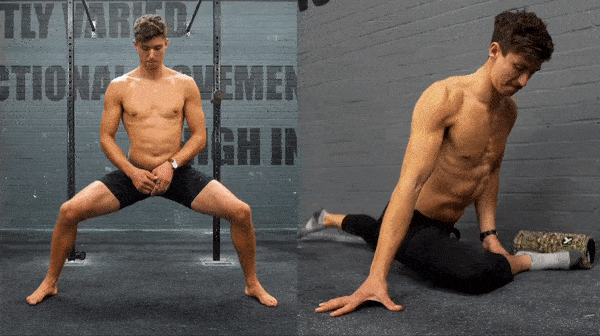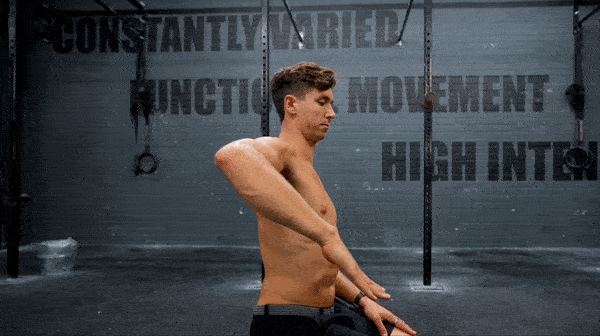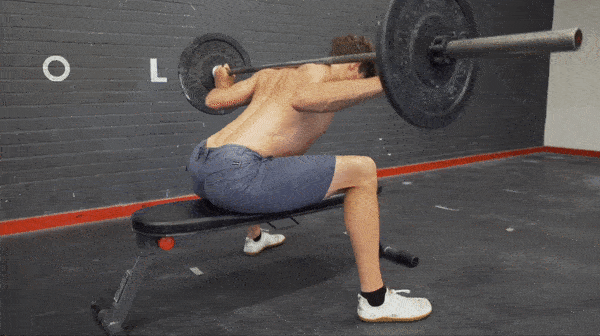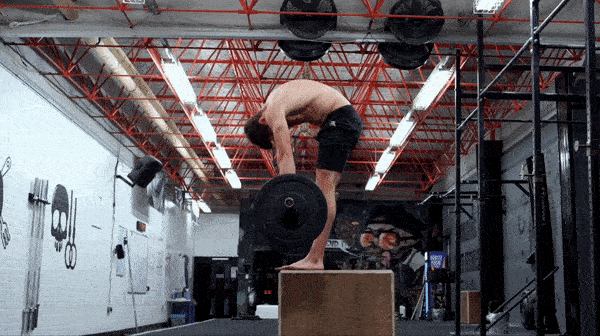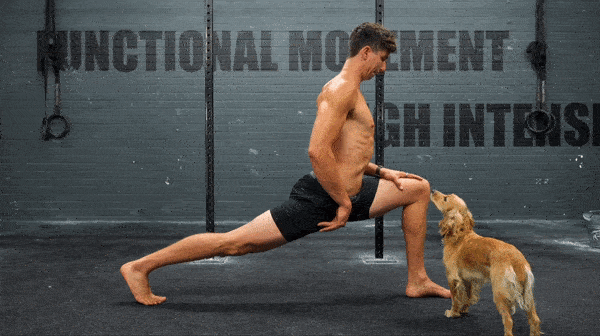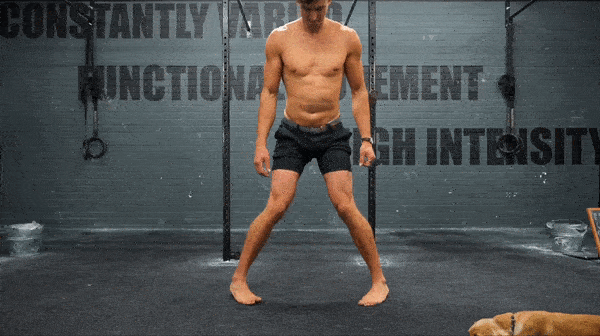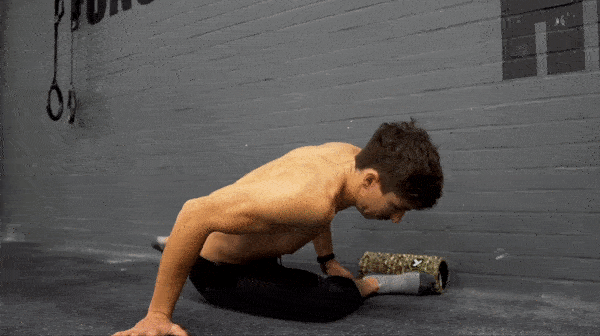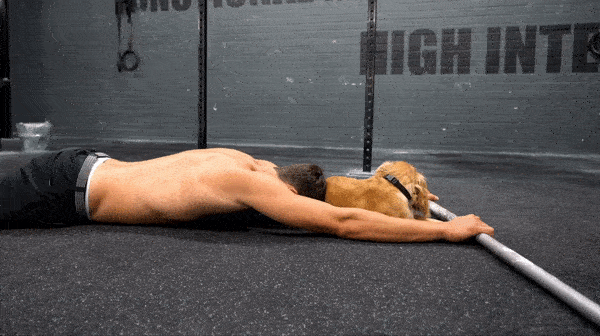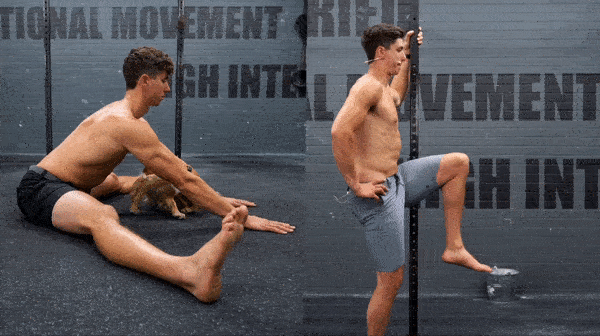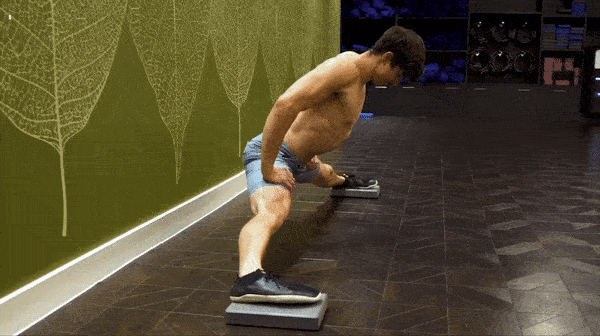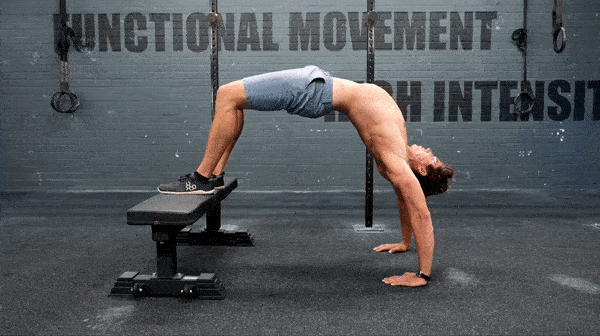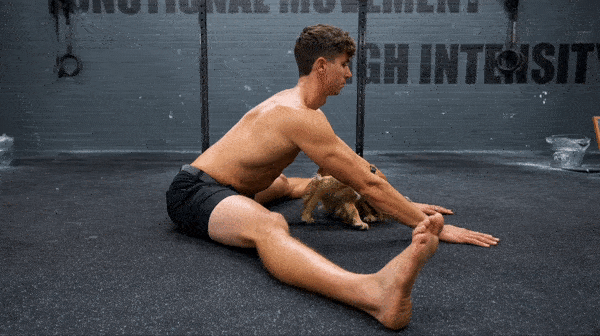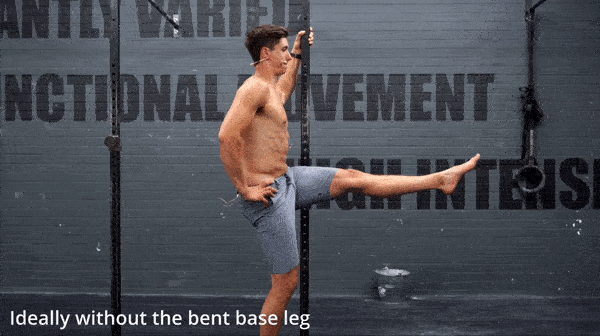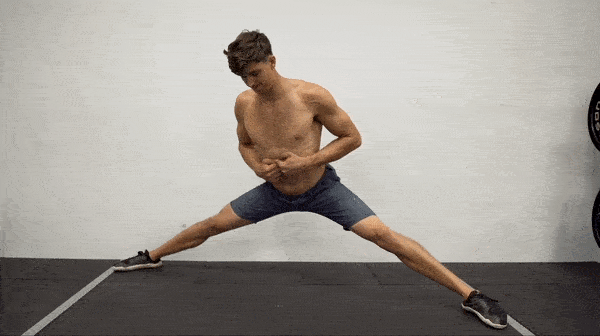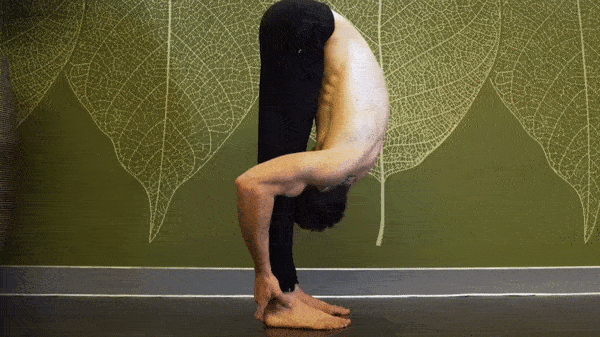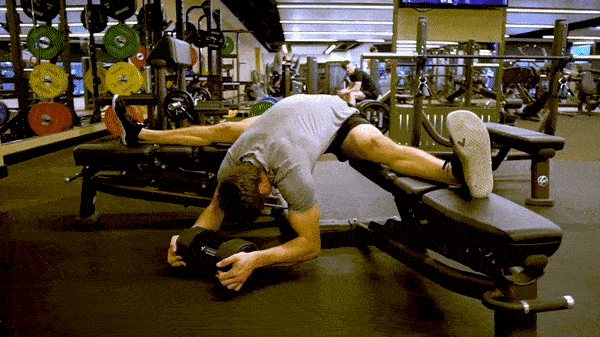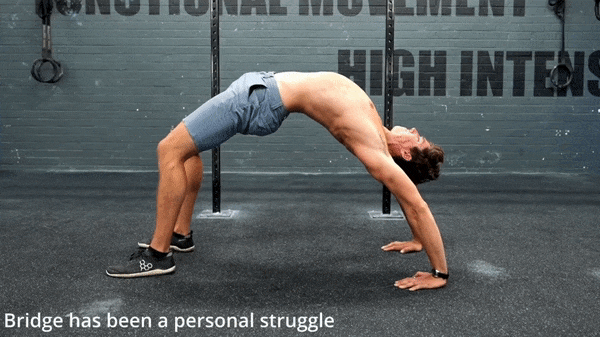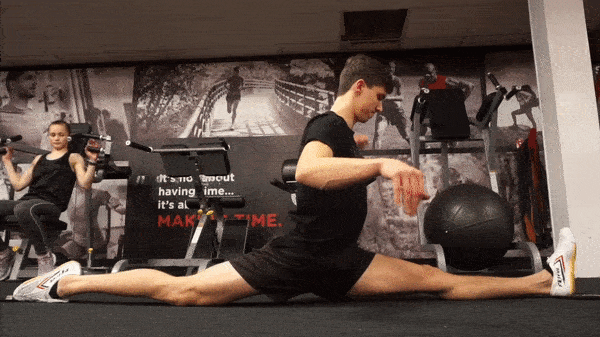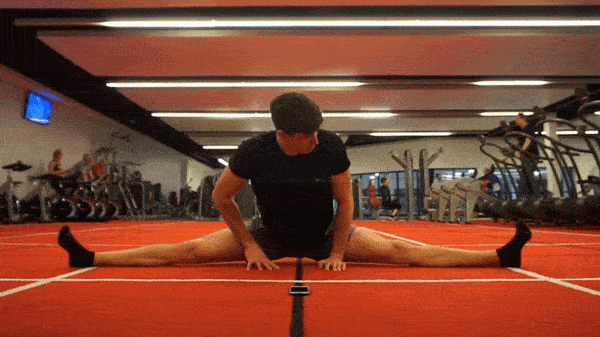How Flexible Are You?! | Flexibility Levels
Here are my general guidelines that will provide you with some flexibility parameters to aim for, as well as pointers to help you work towards more advanced positions. There are plenty of occasions where these may not apply and I will always encourage you to find your own path!
Being stiff and inflexible sucks. It can impact our daily activities and also our progress to more specific advanced movements such as the press to handstand. Whether it’s being able to touch your toes or to be able to perform a full split, being able to express your range of motion fully can help you move more freely and unlock the potential to unlock more progress in the gym.
It’s hard to know where to start and what to work on so that you can move better and achieve advanced flexibility positions. In this blog, I’d like to outline the key flexibility levels.
Note: this blog is the sister blog to the bodyweight strength levels blog (and video) - if you want to achieve bodyweight strength then that’s a great place to start. Let’s get into it!
THE BIG 5 POSITIONS
We are going to focus on the bendy big 5, that is the pike, the pancake, the front split, the middle splits and the bridge.
The bendy big 5 of flexibility!
We are going to go from basic to advance because like many things - these positions take years to develop fully. Like strength training, there are a lot of factors that go into developing flexibility and some people just simply develop it easier than others. There are also anatomical factors such as the depth of your hip socket that can affect these positions. However, we can all dramatically improve our movement ability and access to movements like the press to handstand.
BASICS
Let’s start at the beginning with the basics. When I say basics I don’t mean beginner; I mean the minimum level that I would try to get everyone to because it is going to allow you to move more freely and form the foundation for more advanced positions. The basics involve a resting squat, a palms-to-floor pike position and a wall angel.
If you can perform these three movements then you have a good level of flexibility in the hips, the hamstrings and the shoulders. You can generally perform anything in life outside training and also in the gym. Don’t be fooled by the simplicity of these movements as for some people - these can be hard enough to achieve by themselves and require a reasonable level of flexibility.
The basics of flexibility (no dogs are needed).
1) THE RESTING SQUAT
The resting squat needs to be relaxed and we want the feet flat on the floor.
A resting squat.
2) THE PIKE
With the pike, we want to have straight locked legs but the back can round as much as needed.
The pike.
3) WALL ANGEL
Finally, with the wall angel, we want to maintain contact with the lower back, and the hands on the wall during the movement.
The wall angel.
When it comes to training at this stage, there are different ways of approaching it but I personally like to incorporate these movements into my normal training with a focus on getting strong. This will include a squat pattern, a hip thing pattern, a lunging pattern and some form of overhead strengthening.
For most people this will be enough - alongside some specific stretching after sessions at a 2 to 3 frequency per week. Prior to working on more advanced positions, I’d like to see people develop their shoulder rotation alongside and also work on internal and external hip rotation. I subsequently recommend movements such as the Jefferson curls, good mornings, and horse stance squats.
A sample guide to how I’d go about training these flexibility Basics - during and after strength sessions.
BASIC +
Basic plus is where we would like to get to before we start working on things like the splits, pancake, middle split etc.
Basic plus involves full shoulder rotation, a seated bench good morning, Jefferson curls with 20% BW load and a parallel long lunge, a parallel horse stance squat, and a pigeon pose position.
Full shoulder rotation, a seated bench good morning.
Jefferson curls with 20% BW load and a parallel long lunge.
A parallel horse stance squat and a pigeon pose position.
1) FULL SHOULDER ROTATION
For shoulder rotation we are looking for around 180 degrees of movement, keeping the shoulders back and down.
180 degrees of motion in the shoulder.
2) SEATED GOOD MORNING
For the seated good morning, we want to see the hips properly rotate which will help us prepare for the pancake. We are looking for the hips to move and the back to remain neutral whilst we get the chest down towards the bench. The knees need to be bent to no less than 90 degrees, although a little more open is ideal. Weight isn’t necessarily important here but you should be able to manage some load in this position.
The seated good morning.
3) JEFFERSON CURL
The Jefferson curl really ensures that we have lengthened and strengthened our hamstrings and posterior chain. 20% BW is a good level of strength to get to although you can push this further. Work up to this slowly!
The Jefferson curl.
4) LONG LUNGE
For the long lunge you are looking to get your femurs parallel to the floor which involves us getting into a front split position - but with that front leg bent.
The long lunge with Coach Molly.
5) HORSE STANCE SQUAT
The horse stance squat is the same position as the middle split position but we are going to have the legs in a bent & less intense position. This movement will strengthen and prepare us for future movements.
The horse stance squat.
6) PIGEON POSE
The pigeon pose is added as a nice to have as I think hip rotation really does help unlock the lower body. The pose is certainly going to be a net positive for your lower leg flexibility. However, you don’t need to have a full pigeon position, it’s just something to note and keep working on if you feel restrictions!
The pigeon pose stretch.
Training at this stage requires a little bit more focus than the basic positions but can be done in a similar way.
Incorporating movements that develop these positions such as split squats, good mornings, and horse-stance squats is going to help you continue to develop your range of motion. Post-training stretches that complement the major movements in the session will really help to improve your flexibility.
For frequency, 2 to 3 times a week works great for most people.
In terms of enabling your progress to the next levels, I would work on strengthening the shoulders, the head, and some bridge positions (if you can handle it). You shouldn’t need to push your hamstring flexibility much more than you have currently unless you want access to head-to-toe. More hamstring flexibility will be gained from training for the front split with minimal extra work. I would encourage you to begin to training the pancake in a straight leg position - usually with isometric holds. This leads us to the intermediate!
INTERMEDIATE
At this stage, you should have a reasonable level of flexibility and be able to get into some positions that mimic the end goals that we planning to achieve. We will be working on a full shoulder flexion lift, a seated neutral back pancake position, a parallel front leg lift and active split-holds.
Full shoulder flexion lift.
A seated neutral back pancake position and a parallel front leg lift.
Active split-holds.
1) SHOULDER FLEXION LIFT
The shoulder flexion lift is more of an assessment to see if you have strength through the range. At this point, you should be working on something like a feet-elevated bridge position or training shoulder flexion lifts with weight. We want to be working on increasing our thoracic extension so the shoulder flexion lift is a good one to hit!
An example of a good shoulder full flexion lift is a feet elevated bridge.
2) SEATED PANCAKE
For the seated pancake we are looking to achieve a 45-degree angle with a neutral spine. This will mean that we have good hip rotation and can then start working on closing out the pancake into a full position.
The seated pancake. Focus on reaching a 45 degree angle.
3) ACTIVE LEG LIFT
The active leg lift is great for displaying our hamstring range of motion actively which will ensure that the hip flexor has sufficient strength. If we cannot lift into these active ranges, then you may find that then you may make really good flexibility progress by simply just getting stronger in that closing side.
The active leg left. Try to keep legs as straight as possible to maximise the stretch.
4) MIDDLE SPLIT
With middle splits, we want to gradually get lower down to the ground. Active holds are a great tool to improve this and offer us a way to measure our progress (which can be difficult to do with flexibility training). Use targets - such as a yoga block to assess how close we are to the ground and what is and isn’t working for you.
If we want to progress to more advanced positions, we need to work more intensely (like in strength training) and specifically for each movement. This means multiple sets, multiple times a week. Two times a week with intensity is a good start, with some more passive work included on other days/ in-between.
Make sure that you are applying the rules of progressive overload!
ADVANCED
These advanced stretches are the full expression of the regressed patterns we’ve been discussing in this article. The advanced stretches are the full pike, the full pancake, the bridge, the front split and the middle split.
For most people - with enough work - the pike and pancake will be pretty simple to achieve. Front split and bridge can take longer due to the time required to increase flexibility in the spine and hip flexors. Middle split takes the longest the achieve - simply because it’s an extreme position that isn’t used in normal life! For these more advanced movements, I recommend looking into my specialised YouTube guide videos (shared below).
1) PIKE
For the pike, I’d recommend watching my Hamstring - Do it Right video on YouTube where I share a breakdown of the hamstring stretch positions and how to get better progress.
2) PANCAKE
For the pancake, I’d recommend watching my Pancake Stretch - Do it Right video on YouTube where I share a breakdown of the pancake stretch position and everything you should be thinking about to make progress week-on-week.
3) BRIDGE
For the bridge, I’d recommend watching my Bridge Tutorial video on YouTube where I will talk you through the importance of improving your bridge mobility and how to go about doing it.
4) FRONT SPLIT
For the front split, I’d recommend watching my Front Splits - Do it Right video on YouTube where I share a breakdown of the front splits stretch position and tips for improving the range of motion that you can access in it.
5) SIDE SPLIT
For the side split (or middle split), I’d recommend watching my Middle Splits - Do it Right video on YouTube where I share a breakdown of the side split stretch position and how to progress!
The side splits.
SUMMARY
Well, that’s it for this blog! It’s always good to remember that there is probably a 12-year-old out there that can achieve all of these positions easily so try not to compare yourself to others. Working towards increasing your flexibility will absolutely provide you with plenty of benefits along the way - no matter how far you get to!
FOLLOW ALONG ON YOUTUBE?
Still Lost? Join the Trybe.
If you’re still struggling to find a plan, why not try my app Trybe? There are 8 different handstand levels to work through beginner to intermediate alongside a variety of others working on strength, skills and flexibility.
